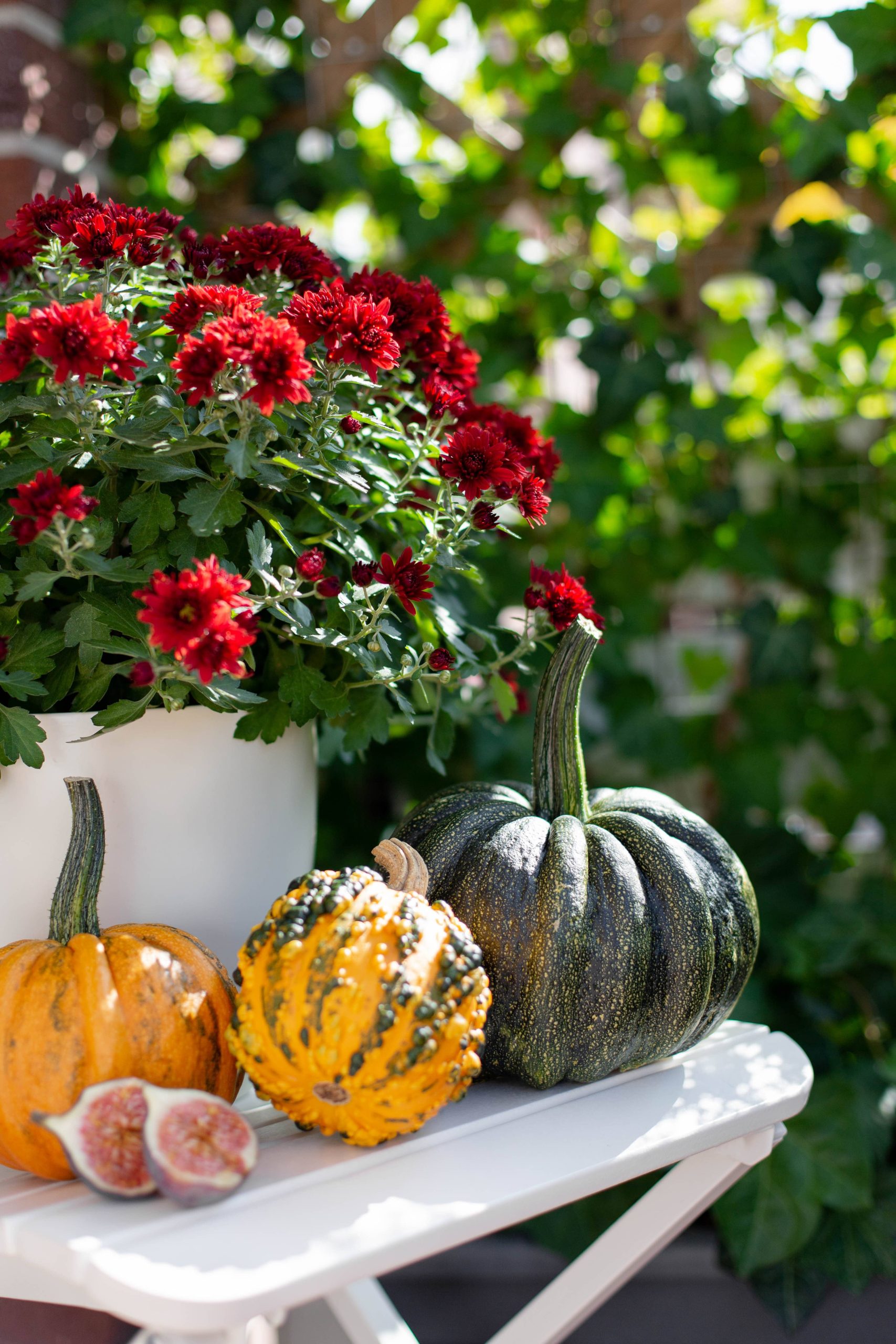
As the vibrant bloom and verdant growth of the summer months conclude and the whisper of winter signals its arrival, gardeners often find themselves with both a sense of accomplishment and anticipation. The close of one gardening season naturally leads us to prepare for the next. Getting your garden tools and supplies ready for the following year is not only a productive way to spend the cooler months but also a crucial step for ensuring a thriving garden. In this post, we will explore how to prepare your garden tools, organize your supplies, and make strategic plans for the seasons to come.
Assess and Clean Your Tools
The first step in preparing for next season’s gardening is assessing the condition of your tools. Begin by taking an inventory of everything you have. This is an excellent opportunity to identify tools that have gone missing or may need replacement.
Once you’ve gathered your tools, clean them thoroughly. Dirt and plant sap left on your tools can cause rust and decay over the winter months. Use a wire brush or steel wool to scrub metal surfaces, removing any caked-on dirt or rust. Wooden handles can be wiped down with a damp cloth and treated with linseed oil to maintain their integrity. Don’t forget to oil metal parts to prevent rust—especially important for tools with moving parts like pruners or shears.
Sharpen Blades and Other Edges
Sharp tools are not only more efficient, making every task easier, but they are also healthier for plants, enabling cleaner cuts that minimize disease. Use a sharpening stone or a file to bring your pruners, shears, and hoes back to optimal sharpness. Always follow the original bevel of the blade, and make sure to test the sharpness on a piece of paper or a twig.
For those who are unfamiliar with sharpening techniques or lack the tools necessary, consider taking your tools to a professional for sharpening. This can be done during the off-season, ensuring your equipment is ready for immediate use when the growing season starts.
Check for Repairs and Replacements
Inspect your tools for any damage that could render them unusable or unsafe. Splintered handles, loose screws, or broken blades can often be repaired. Replacing a handle or tightening screws can breathe new life into a tool. However, if a tool is beyond repair, it’s better to replace it now so you aren’t caught off guard in the middle of planting season.
Organize and Inventory Your Supplies
Once your tools are in shape, it’s time to organize your gardening supplies. Take stock of items like gloves, seeds, fertilizers, and pest control products. Winter is an ideal time to go through your seed packets, ensuring they are stored in a cool, dry place to retain their viability.
Check expiration dates on products like fertilizers and pest control sprays. Depending on the type, they can lose effectiveness over time or become unusable if not properly stored. Organize your supplies so that everything is easy to find and access when a new season arrives.
Plan for Next Season
With your tools and supplies in order, take some time to plan your garden layout and activities for the coming season. Reflect on the successes and challenges of the previous growing season. Was there a particular crop that underperformed? Are there new types of plants you’d like to try?
Sketch out a rough plan of your garden, considering crop rotation and companion planting to optimize growth and nutrient use while minimizing pests and disease. Now is also a great time to order any seeds that you’ll need for the spring, as some unique varieties can sell out quickly.
Consider preparing your garden infrastructure. Things like raised beds, trellises, and irrigation systems can be designed, purchased, and even partially assembled during the off-season, giving you a head start.
Prepare Your Soil
As you plan for next season, consider preparing your soil during the fall or early winter. This can include spreading a layer of compost or well-rotted manure over your garden beds, which will break down over the winter, enriching the soil for spring planting. Testing the pH of your soil at this time can also guide any necessary amendments to adjust soil acidity or alkalinity, ensuring the right balance for the plants you plan to grow.
Conclusion
Getting your garden tools and supplies ready for next season is a rewarding process that ensures your garden remains a source of joy and productivity. By taking the time to clean, repair, and organize your tools, you set the stage for a smoother, more efficient gardening experience in the spring. Planning your garden’s layout and maintenance strategies allows you to start the season with confidence, ready to nurture your plants to their fullest potential. So, as the seasons change, embrace the cycle, cherish the pause, and prepare with passion for the gardening adventures that lie ahead.







